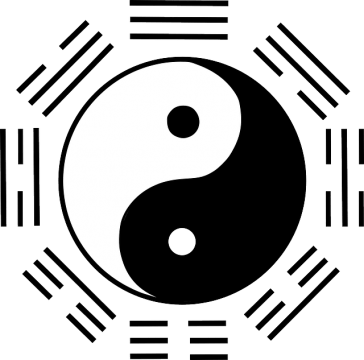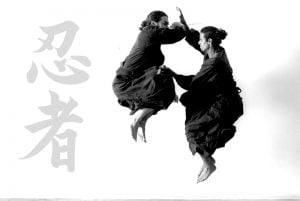The Tao of Gung Fu would have been the perfect primer, for the West, about Chinese martial arts. But it was never published.
At least… not when Bruce Lee was still alive.
Bruce Lee’s views on martial arts had already evolved when the manuscript was almost complete. Whatever he had written, influenced by his old masters, no longer reflected his views. This explained why he decided against publishing The Tao of Gung Fu back in 1965.
Nonetheless, this book would have been instrumental in destroying countless myths about eastern martial arts.
Most important of all, The Tao of Gung Fu would have best explained the essence of Chinese kung fu, even if it was limited to Lee’s experiences in Wing Chun and interactions with other masters.
Thoughts on Bruce Lee The Tao of Gung Fu
What The Tao of Gung Fu covers:
- What is Kung Fu?
- Techniques of Kung Fu
- The Philosophy of Taoism’s Within Chinese Martial Arts
- Ideas and Opinions of Bruce Lee
A Book for Chinese Martial Art Outsiders & Insiders
Because Bruce Lee wrote the book for outsiders to Chinese martial arts (as much as insiders), everything is explained in an easy-to-understand way. There is little need for prior technical knowledge. He even supplements his explanations on kung fu techniques with photo illustrations and hand-drawn diagrams.
Where outsiders benefit from understanding kung fu, insiders would find the distilled concepts of pak sao and other theories immensely useful.
Practitioners of many years tend to complicate concepts. And Lee’s explanations cut away the confusion.
So, yes.
You don’t need technical understanding of Wing Chun to understand what Bruce Lee was talking about. But having background training allows you to appreciate specific techniques at a deeper level.
What can martial artists learn?
Martial art practitioners of all backgrounds will no doubt find his on-point explanation on each form of attack and defense insightful.
For example, kicks.
Bruce Lee emphasized that kicks needed to be low and quick for practical purposes. To avoid being knocked off-balanced, you will also need to snap back your kicking foot immediately.
Other than specific pointers on technique forms, Lee provides training suggestions for speed, technique, strength and refinement. You can use his suggestions for your own martial arts training.
The emphasis, as always for Lee, was how well you learn and develop effective skills. Quantity of moves be damned.
Taoist Philosophy and it’s presence in Chinese Martial Arts

Lee devoted a portion of his manuscript to explain Taoism’s influence in Chinese martial arts. After all, to understand Chinese martial arts, one needs to understand its philosophical underpinnings.
And so, Lee goes into the concept of Tao and how strength and gentleness is two sides of the same coin. He also explains wu-shin, wu-wei and more – the concept of no-mindedness and nondoing. I’d describe as the ideal state of mind when performing randori (defending from free-attacks).
How was this book completed?
Even though Lee scrapped the book publishing, he still kept the incomplete manuscript with notes, diagrams and photos. And the manuscript was in fact almost complete.
Whatever Bruce Lee wrote and completed was left untouched. It would otherwise be disrespectful to re-interpret a master’s work. John Little knew and acknowledged this.
But in places with missing information – presumably the last part – John Little had to consult every single note Lee kept. This explains the question-answer format at the very end. Those words were likely from Lee’s rough notes.
Concluding Thoughts
I was pleasantly surprised at being able to understand this book without having a background in Chinese martial arts. Even as an Aikido practitioner (whose repertoire of techniques were primarily defensive), I appreciated Lee’s comprehensive views on various basic attack and defense forms. He explained his thought-process superbly.
For that reason, you should at least pick up The Tao of Gung Fu at your library.
Disclosure: ‘Bruce Lee: The Tao of Gung Fu’ was given to me by Tuttle Publishing in return for my honest review or press release over their new cover redesign. I have not and will not fake my reviews for monetary or other benefits since this is against what Way Of Ninja and I represent. Also, the links provided to get the book via Amazon will allow Way Of Ninja to earn a small commission but will not cost you more.




